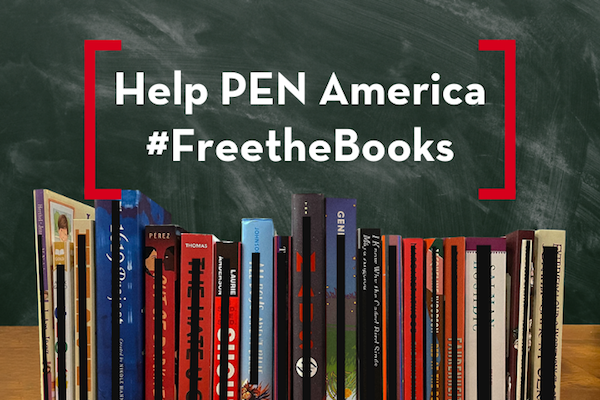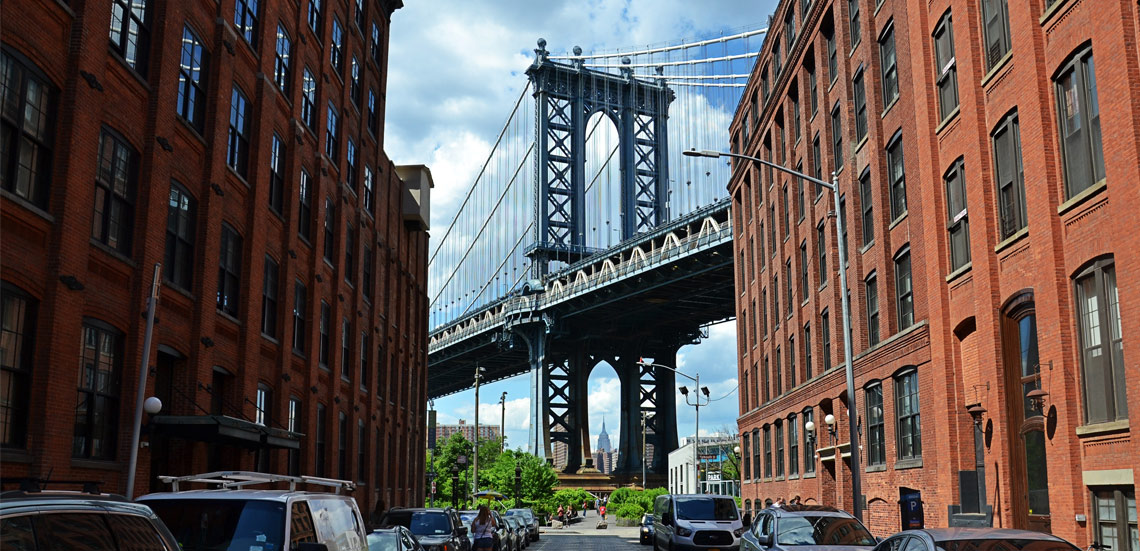Nearly half of the unique titles banned were young adult books, but bans also affected many books for younger readers, including 317 picture books and 168 chapter books.
Of the 2,532 bans listed in the Index, 96 percent were enacted without following the best practice guidelines for book challenges outlined by the American Library Association (ALA) and the National Coalition Against Censorship (NCAC).
Related Article: Banned in the USA: Who is behind book bans?
Over the 2021–22 school year, what started as modest school-level activity to challenge and remove books in schools grew into a full-fledged social and political movement, powered by local, state, and national groups. The vast majority of the books targeted by these groups for removal feature LGBTQ+ characters or characters of color, and/or cover race and racism in American history, LGBTQ+ identities, or sex education.
This movement to ban books is deeply undemocratic, in that it often seeks to impose restrictions on all students and families based on the preferences of those calling for the bans and notwithstanding polls that consistently show that Americans of all political persuasions oppose book bans . And it is having multifaceted, harmful impacts: on students who have a right to access a diverse range of stories and perspectives, and especially on those from historically marginalized backgrounds who are watching their library shelves emptied of books that reflect and speak to them; on educators and librarians who are operating in some states in an increasingly punitive and surveillance-oriented environment with a chilling effect on teaching and learning; on the authors whose works are being targeted; and on parents who want to raise students in schools that remain open to curiosity, discovery, and the freedom to read.
PEN America has identified at least 50 groups involved in pushing for book bans at the national, state, or local levels. This includes eight groups that have among them at least 300 local or regional chapters. PEN America has identified these chapters based on the national groups’ own listings, by chapter or regional websites, and by their official chapter and regional group pages on Facebook. Insofar as we have been able to establish, there are at least another 38 state, regional, or community groups that do not appear to have formal affiliations with national organizations or with one another.
These groups share lists of books to challenge, and they employ tactics such as swarming school board meetings, demanding newfangled rating systems for libraries, using inflammatory language about “grooming” and “pornography,” and even filing criminal complaints against school officials, teachers, and librarians. The majority of these groups appear to have formed in 2021, and many of the book bans counted by PEN America can be linked in some way to their activities. Some of the groups espouse Christian nationalist political views, while many have mission statements oriented toward reforming public schools, in some cases to offer more religious education. In at least a few documented cases (for example, in Texas , Florida , and Pennsylvania ), the individuals lodging complaints about books did not have children attending public schools when at the time they raised objections.
This evolving censorship movement has grown in size and routinely finds new targets and tactics, homing in on the books encompassed in district book purchases or digital library apps . A parallel but connected movement is also targeting public libraries , with calls to ban books; efforts to intimidate, harass , or fire librarians ; and even attempts to suspend or defund entire libraries.
Beginning in 2021, a range of individuals and groups sought to remove from schools books focused on issues of race or the history of slavery and racism, mirroring a campaign pushed by some legislators to pass educational gag orders —bills restricting discussion of these and other concepts in school classrooms and curricula. Although the campaign to enact educational gag orders initially focused on misapplications of the academic term “critical race theory” to censor discussions of race and racism, over the past year, it morphed to include a heightened focus on LGBTQ+ issues and identities.
Similar trends — and similar rhetoric and reasoning — have been evident in efforts to ban books in schools as they have expanded since 2021, too.
Complaints about diversity and inclusion efforts have accompanied calls to remove books with protagonists of color, and numerous books have been targeted for simply featuring LGBTQ+ characters. Nonfiction histories of civil rights movements and biographies of people of color have been swept up in these campaigns. For example, many volumes in the popular Who Was? Central York School District in Pennsylvania . That ban also impacted hundreds of books with protagonists of color, including the Caldecott Honor–winning A Big Mooncake for Little Star . In a similar example, Duval County Public Schools in Florida opted not to distribute sets of the Essential Voices Classroom Libraries collection of books after they had been purchased, flagged for concern over their content. This collection of 176 unique titles has been effectively banned from classrooms while it is being reviewed and reportedly remains in storage. Books in the collection include Fry Bread: A Native American Family Story by Kevin Noble Maillard, Dim Sum for Everyone by Grace Lin, and Pink Is For Boys by Robb Perlman, among other titles designed to make classroom libraries more diverse and inclusive.
Related article: Banned in the USA: Where are book bans happening?
As the school year progressed, those demanding book removals increasingly turned their attention to books that depict LGBTQ+ individuals or touch on LGBTQ+ identities, as well as books they claimed featured “sexual” content, including titles on sexual and reproductive health and sex education. These trends were already identified in PEN America’s first edition of Banned in the USA (April 2022) Parental Rights in Education ” law in Florida—also known as the “Don’t Say Gay” law—and the introduction of similar legislation in other states, as well as a range of efforts to censor discussion of LGBTQ+ identities in schools, in Maryland , Missouri , Texas , and beyond. From April to June 2022, a third of all book bans recorded in the Index feature LGBTQ+ identities (92 bans). Over the same short period, nearly two thirds of all book bans in the Index touch on topics related to sexual content, such as teen pregnancy, sexual assault, abortion, sexual health, and puberty (161 bans).
These subject areas have long been the targets of censorship and been controversial from the perspective of age appropriateness, with standards and approaches varying from community to community about what is seen as the right age level for such material, as well as the degree to which these topics should be addressed in school as opposed to in the home. As book banning has resurged, some individuals and groups have sought to reignite debate about sexual content in books, and sexual education in schools generally. While debate on these issues recurs, wholesale bans on books deny young people the opportunity to learn, to get answers to pressing questions, and to obtain crucial information. At the same time, the efforts to target books containing LGBTQ+ characters or themes are frequently drawing on long-standing, denigrating stereotypes that suggest LGBTQ+ content is inherently sexual or pornographic.
VIDEO
PEN America’s Jonathan Friedman on MSNBC for the Mehdi Hasan Show, Nov. 11, 2021.
Many of the books targeted for banning have been labeled “obscene.” These complaints are not supported. The legal test for obscenity requires a holistic evaluation of the material, setting a bar that is highly unlikely to be met by materials selected for inclusion in a school library. Many targeted books have achieved bestseller status or received the highest literary honors. Some contain nothing more “obscene” than the mere suggestion of a same-sex couple in an illustration, as in the board book Everywhere Babies , which was included on one list of books misleadingly labeled “pornographic” along with And Tango Makes Three , a story about two male penguins making a family together, based on the true story of two male penguins who formed a pair bond in New York’s Central Park Zoo. The most frequently banned book, Gender Queer , has been called “obscene and pornographic” by the groups who lobby for its removal, as have dozens of books with LGBTQ+ themes or characters.
In these cases, the term “obscenity” is being stretched in unrecognizable ways because the concept itself is widely accepted as grounds for limiting access to content. But many of the materials now being removed under the guise of obscenity bear no relation to the sexually explicit, deliberately evocative content that the term has historically connoted.
In evaluating these trends, it is critical to remember that only a limited number of children’s and young adult books are published annually that are written by or about either LGBTQ+ people or people of color. The Cooperative Children’s Book Center at the School of Education, University of Wisconsin–Madison, has compiled statistics on diversity in children’s literature since 1985. In its 2021 report , the center states that of the 3,420 books received at the institution in 2021, 1,152 titles were “books by and about Black, Indigenous and People of Color” (34 percent). Although the center does not continuously maintain similar statistics on books about LGBTQ+ characters or plots, such books have not historically been published in great abundance . The targeting of these books in schools reflects a disproportionate focus on what is likely a small fraction of holdings in most public school libraries.
Over the 2021–22 school year, PEN America also tracked efforts to ban not only books, but also whole academic courses, textbooks, and digital literacy apps. In Bossier Parish, Louisiana , the Epic reading app was removed from student iPads after parent objections about the inclusion of LGBTQ+ content. The school district in Brevard County, Florida , canceled its math app, Prodigy, for similar reasons. Along with educational gag orders targeting classroom discussions, efforts to censor and control public education are ranging beyond the physical collections of school libraries.
Florida Gov. Ron DeSantis shows an image from the children’s book Call Me Max by transgender author Kyle Lukoff moments before signing the Parental Rights in Education bill during a news conference on Monday, March 28, 2022, at Classical Preparatory school in Shady Hills. At left is an image of The Genderbread Person, a teaching tool used for breaking the concept of gender. Photo: Douglas R. Clifford/Tampa Bay Times via AP

